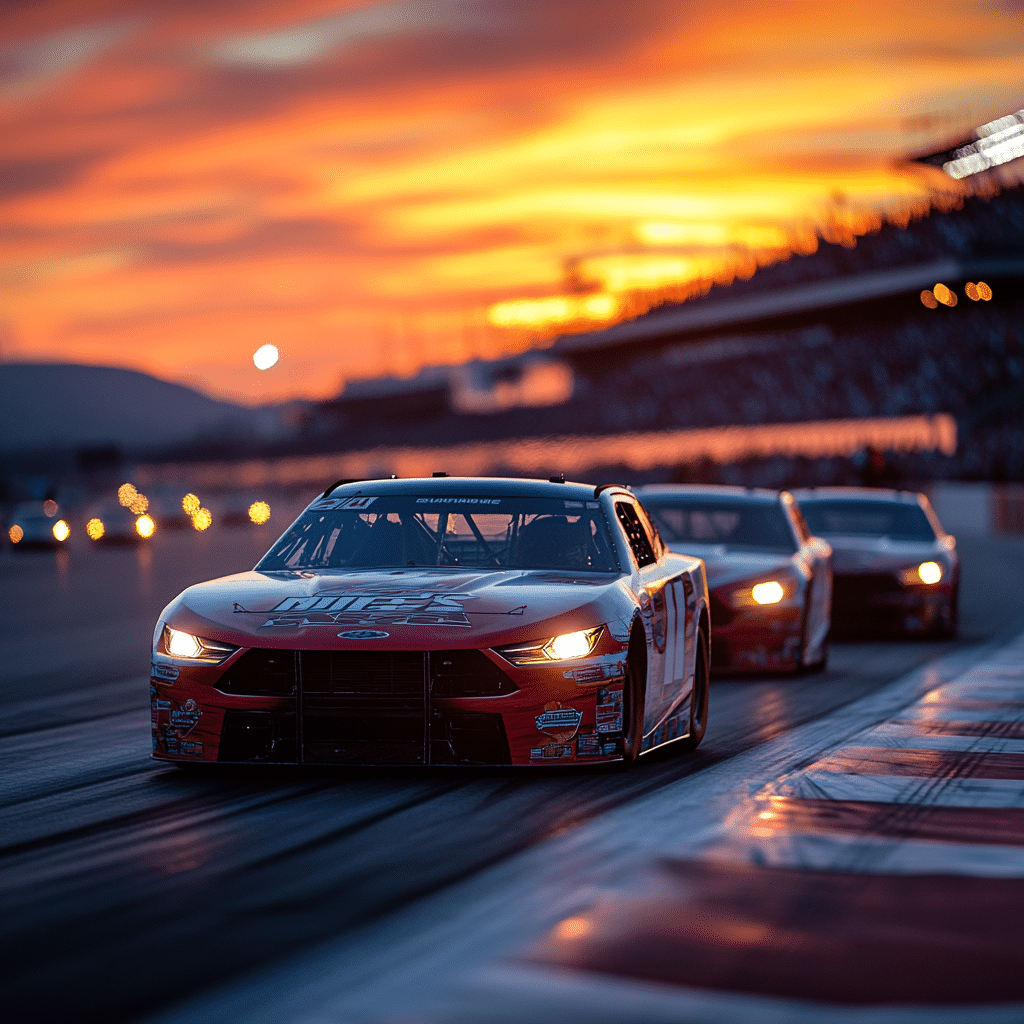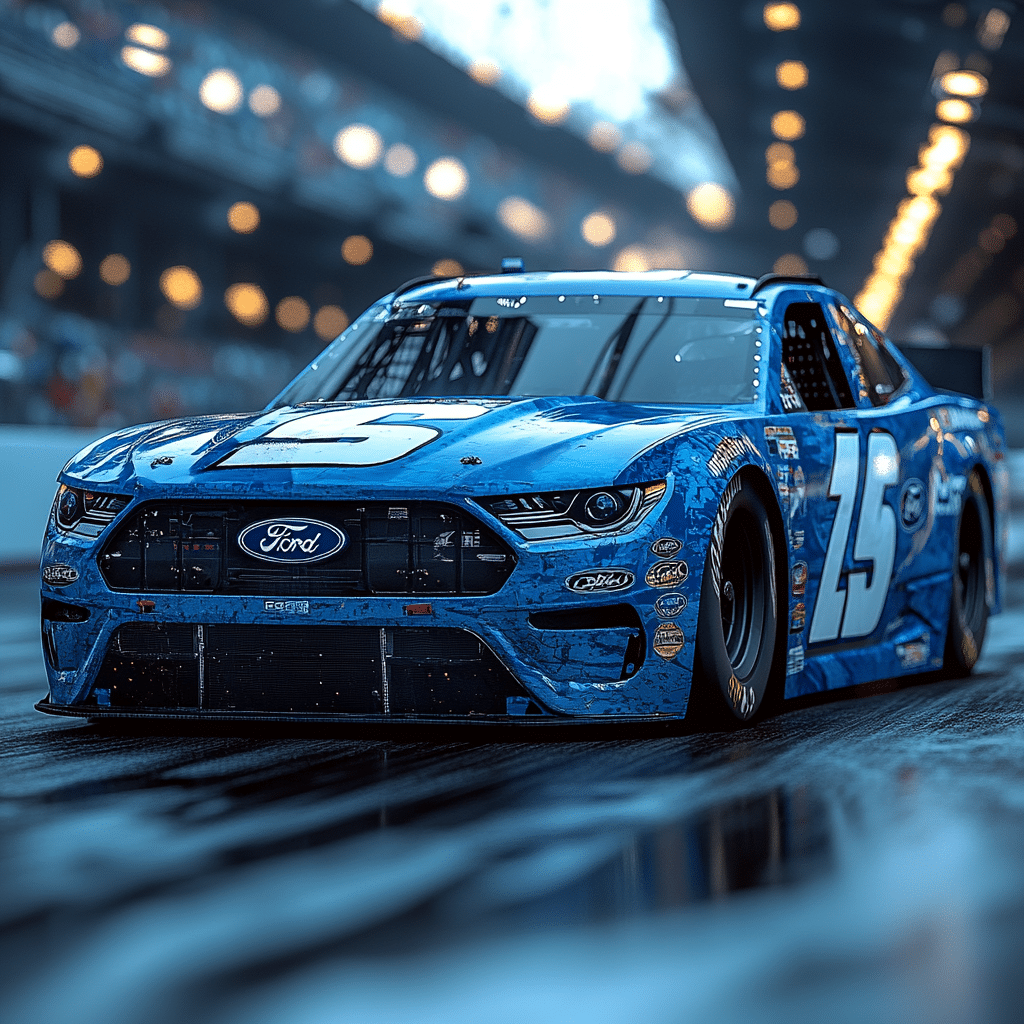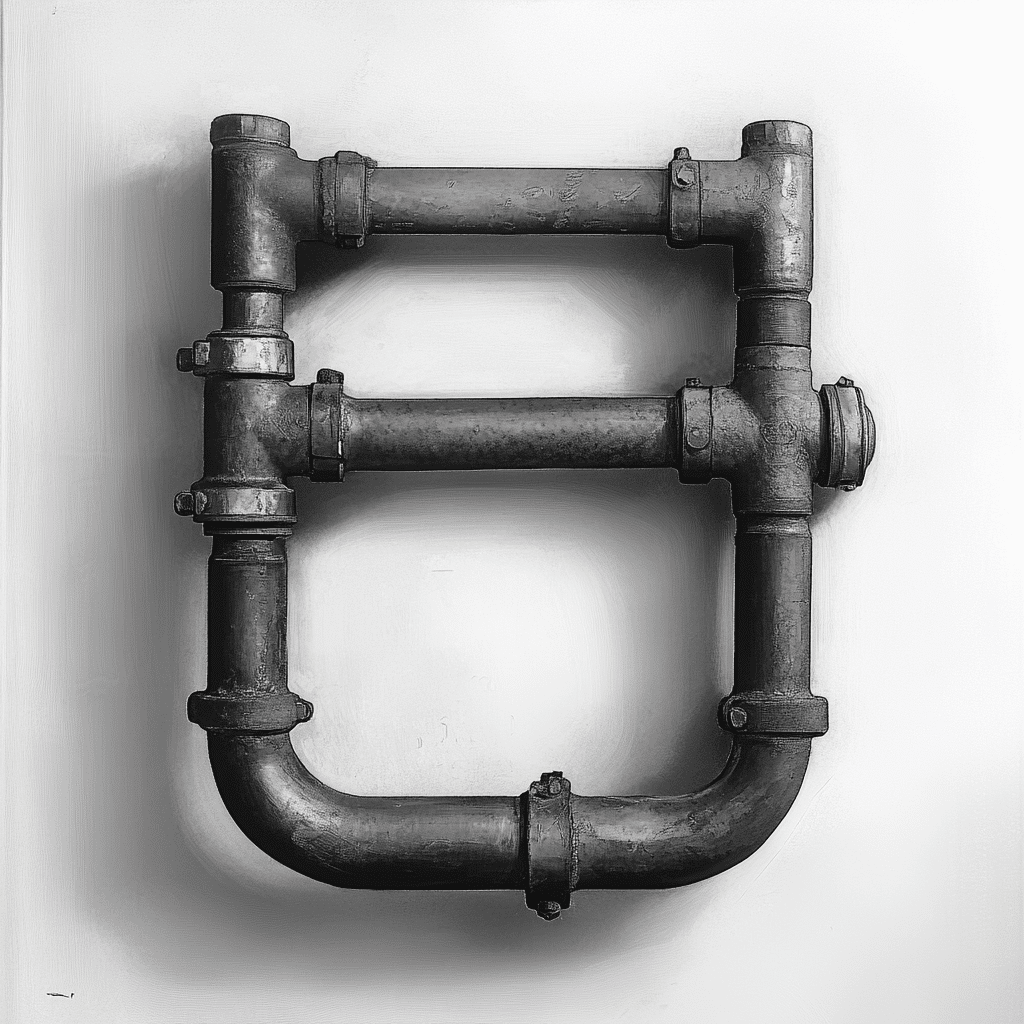NASCAR qualifying is a crucial aspect of racing that sets the tone for race day success. Unlike many traditional motorsports, where drivers’ starting positions are determined based on previous race standings, NASCAR qualifying operates through a unique system that can significantly influence race outcomes. By diving into various formats of qualifying—like single-car qualifying and group qualifying—teams craft strategies aiming for optimal starting positions on race day. Let’s get under the hood and see what makes qualifying a pivotal part of the NASCAR mystique.
1. Understanding NASCAR Qualifying: The First Step to Victory
Understanding the lay of the land during NASCAR qualifying is the first step toward clinching that coveted victory. NASCAR employs various qualifying formats, each demanding different strategies. In single-car qualifying, drivers take turns on the track with the best lap time earning the pole position. On the other hand, group qualifying features several cars racing simultaneously, creating a dynamic and competitive atmosphere.
Teams often strategize their timing and setups to optimize performance based on the day’s varying conditions. For instance, during warmer afternoons, track temperatures can rise significantly, affecting tire grip. Teams like Joe Gibbs Racing excel in these conditions by aligning their tire and car setups. An understanding of the rules and nuances surrounding NASCAR qualifying can provide an edge that’s just as crucial as speed.
Throughout the NASCAR qualifying process, the pressure is palpable. While one might think it’s just about clocking faster laps, it’s about mastering the environment, understanding technical details, and crafting strategies that shine on race day. It’s the culmination of skills, tools, and perhaps even a sprinkle of luck that makes qualifying a fascinating spectacle.

2. Top 7 NASCAR Qualifying Secrets to Elevate a Driver’s Game
Qualifying is more than just hitting a high-speed lap; it’s a nuanced game requiring precision and insight. Let’s explore the top seven secrets driving successful qualifying runs:
2.1 Timing Techniques: Importance of Track Temperature
Temperature plays a big role during NASCAR qualifying. Tire performance often fluctuates with track conditions. During the 2023 Daytona 500, drivers like Denny Hamlin capitalized on cooler temperatures. By timing their runs when the asphalt was less heated, they enhanced grip and achieved faster qualifying times.
2.2 The Role of Pit Crews: Speed and Precision Matter
A skilled pit crew can elevate a driver’s qualifying performance. In fact, during the 2022 NASCAR Cup Series, Kyle Larson’s pit crew displayed remarkable precision during tire changes. Their efficiency not only affected his qualifying performance but also set the stage for effective race strategies.
2.3 Data Analytics: The New Age of Qualifying Preparations
Data analytics are transforming NASCAR qualifying strategies. Teams, like those at Joe Gibbs Racing, analyze telemetry data to predict performance outcomes. For Martin Truex Jr., this analytical approach helped him achieve favorable starting positions multiple times throughout the 2023 season.
2.4 Mental Preparation: The Drivers’ Mindset for Success
Mental preparation is often the unseen cornerstone of NASCAR qualifying. Drivers who stay mentally sharp perform better under pressure. For instance, Kevin Harvick employs visualization techniques, focusing on positive outcomes before hitting the track for qualifying. This mental clarity can be the difference between a great lap and an average one.
2.5 Vehicle Setup: Fine-Tuning for Speed
The intricacies of vehicle setup are paramount during qualifying sessions. For example, Chase Elliott and his team fine-tuned their aerodynamic settings based on intricate simulations, maximizing performance on various track types. Getting the setup just right can mean the difference between starting on the front row or the back.
2.6 Tire Selection: Choosing the Right Compound
A driver’s choice of tire compound significantly affects qualifying speed. During the 2024 season, Joey Logano successfully opted for softer tire compounds, improving grip during laps. This strategic decision frequently set him up for race day dominance.
2.7 Learning from Past Performances: Historical Data is Key
Historical data plays a vital role in shaping qualifying strategies. Teams analyze past performances on specific tracks to identify patterns that inform future decisions. These insights proved invaluable during the 2023 qualifying rounds, providing teams with an edge.
3. The Evolving NASCAR Qualifying Landscape
NASCAR qualifying is a constantly changing facet of the racing world. With advancements in technology and evolving regulations, teams must adapt to new methodologies. The introduction of Next Gen cars in 2022 brought fresh metrics, altering how teams approach qualifying. These new vehicles offer enhanced aerodynamics and performance, maneuvering the landscape in exciting directions.
Furthermore, teams are exploring simulation tools to forecast potential outcomes more accurately. These innovations give teams a competitive edge, allowing them to practice and prepare in ways previously not possible. As the NASCAR universe pushes into 2024, keeping pace with these changes will be essential for burgeoning teams and seasoned professionals alike.
Each competitor in the racing fray now finds themselves caught in a race against time—older strategies may not suffice as teams innovate. Understanding these shifts in the qualifying dynamic will become crucial for any team eyeing that checkered flag.

4. Real-Life Applications: Case Studies of Qualifying Success
To truly grasp how teams find success through NASCAR qualifying, we’ll look at some prominent case studies. Team Penske, known for its adaptive strategies, frequently changes setups based on qualifying outcomes. Their ability to analyze data and adjust on the fly illustrates how an adaptive approach can dictate race day outcomes.
Additionally, consider the immense success of the 2023 season. Teams that tailored their setups based on previous performances consistently outperformed their counterparts. Insights gleaned from past races—like the pressure put on pit crews and tire choices—often determined which drivers found themselves starting up front.
Successful teams, by focusing on data and refining their strategies, showcased that consistent analysis of qualifying results is pivotal. As the pressure mounts on race day, the successes in qualifying serve as foundational lessons for aspiring teams and drivers, proving that the strategies honed in the morning can significantly impact the outcomes at sunset.
Unraveling the Race Day Puzzle
The intricate nature of NASCAR qualifying parallels its necessity in ensuring race day success. By leveraging insights from top drivers and teams, exploring contemporary technologies, and analyzing effective strategies, we uncover that qualifying is not just a prelude to the race; it’s a crucial pillar of victory in NASCAR. As the sport pushes forward into 2024 and beyond, the secrets of qualifying will remain an essential focus for all teams striving for that ultimate prize—the checkered flag.
NASCAR Qualifying Secrets That Define Race Day Success
The Art of NASCAR Qualifying
NASCAR qualifying isn’t just about who can drive the fastest lap; it’s a strategic gem that can make or break a driver’s race day. Every millisecond counts, as each competitor fights for the best starting position on the grid. Interestingly, just as a well-crafted piece of art draws attention, like the enchanting beauty and the beast rose, qualifying sets the stage for a thrilling race. The tension builds as teams utilize specialized data, meticulous preparations, and tire strategies tailored to each track’s unique demands.
Behind the Scenes of Qualifying
Did you know that the lap times during NASCAR qualifying are often more competitive than those seen during regular race conditions? This competitive spirit is akin to the rivalry seen in sports events like PSG vs Reims, where every team is on edge to outperform the other. Furthermore, teams may even explore data analytics to fine-tune their strategies, tactics that sometimes draw inspiration from fields as diverse as movie production—think of the teamwork showcased in projects featuring names like Robert Shiver. NASCAR is no different; it’s about teamwork, preparation, and seizing that golden opportunity to get ahead.
The Importance of Precision
Everything from tire compounds to fuel load can affect a car’s performance during qualifying. Teams obsess over the minutiae, leading to split-second decisions that affect the outcome. Much like how one might choose the perfect Phillies jersey to wear to a game, drivers and crews must pick the right setup to maximize their chances. Tuning and tweaks can influence their destiny, echoing the careful selections made by someone packing Louis Vuitton luggage for an important event—every choice has weight! It’s this precision that keeps the adrenaline pumping as the green flag waves at the start of race day. Each lap turned during qualifying may seem routine; however, it’s truly a strategic dance where drivers stake their claim to victory.






















